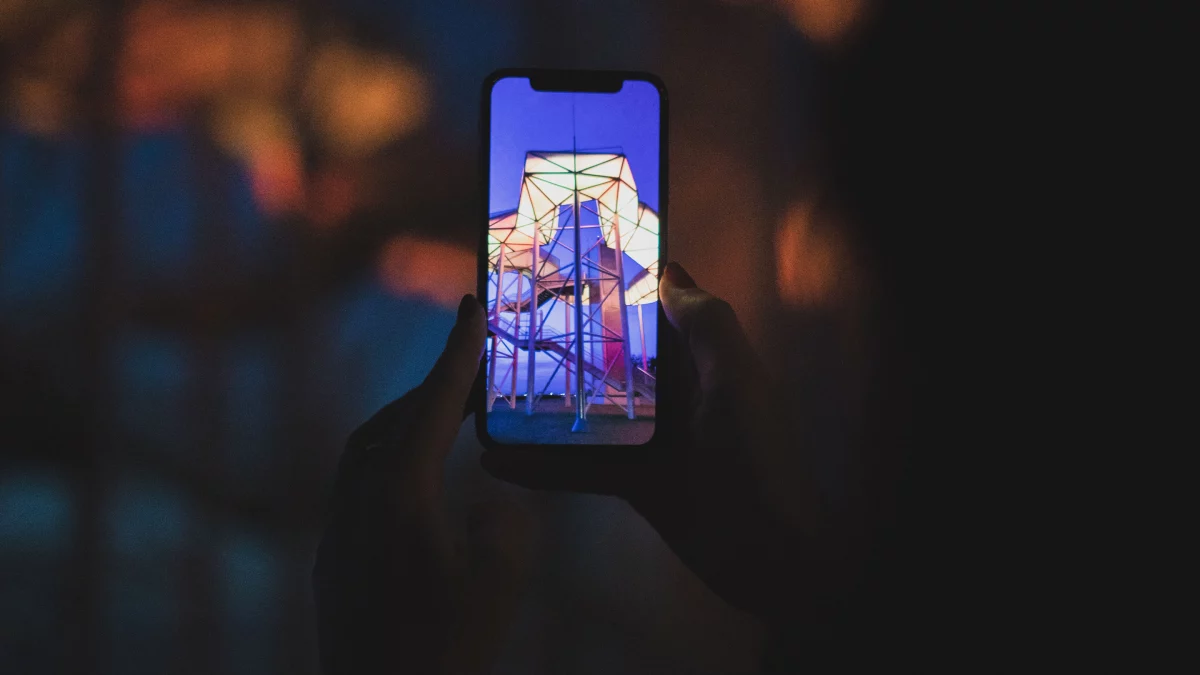
Augmented Reality (AR) has been a buzzword in the tech industry for years, but its true potential is only beginning to unfold. Let’s delve into what AR is, how it’s currently being used, and the exciting possibilities it holds for the future.
What is Augmented Reality?
Augmented Reality is a technology that overlays digital information, such as images, videos, and 3D models, onto the real world. Unlike Virtual Reality (VR), which immerses users in a completely virtual environment, AR enhances the real world by adding digital elements to it.
Current Applications of AR
AR is already making waves in various industries, from gaming and entertainment to education and healthcare. In the gaming world, popular AR games like Pokémon GO have demonstrated the potential for combining digital experiences with real-world environments. In education, AR apps are being used to create interactive learning experiences, allowing students to visualize complex concepts in a tangible way.
The Impact on Business and Marketing
Businesses are also embracing AR as a powerful tool for marketing and customer engagement. AR-powered apps allow customers to virtually try on clothing, visualize furniture in their homes before buying, and even experience products in a virtual showroom. This not only enhances the shopping experience but also helps businesses drive sales and build brand loyalty.
The Future Possibilities of AR
Looking ahead, the future of AR holds limitless possibilities. Imagine doctors performing surgeries with real-time AR guidance, architects visualizing building designs in 3D space, or travelers exploring destinations through interactive AR tours. AR has the potential to revolutionize how we work, learn, play, and interact with the world around us.
Overcoming Challenges
While AR offers immense potential, it also comes with challenges such as privacy concerns, technological limitations, and the need for seamless integration into everyday life. Addressing these challenges will be crucial in unlocking the full power of AR and making it a mainstream technology.
